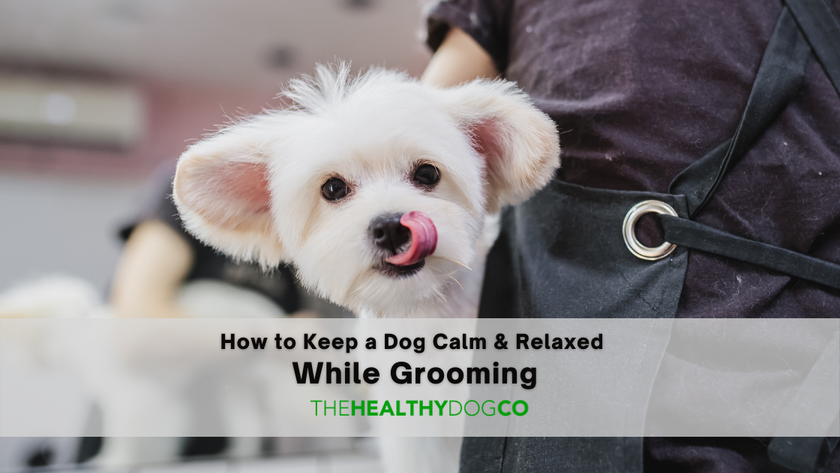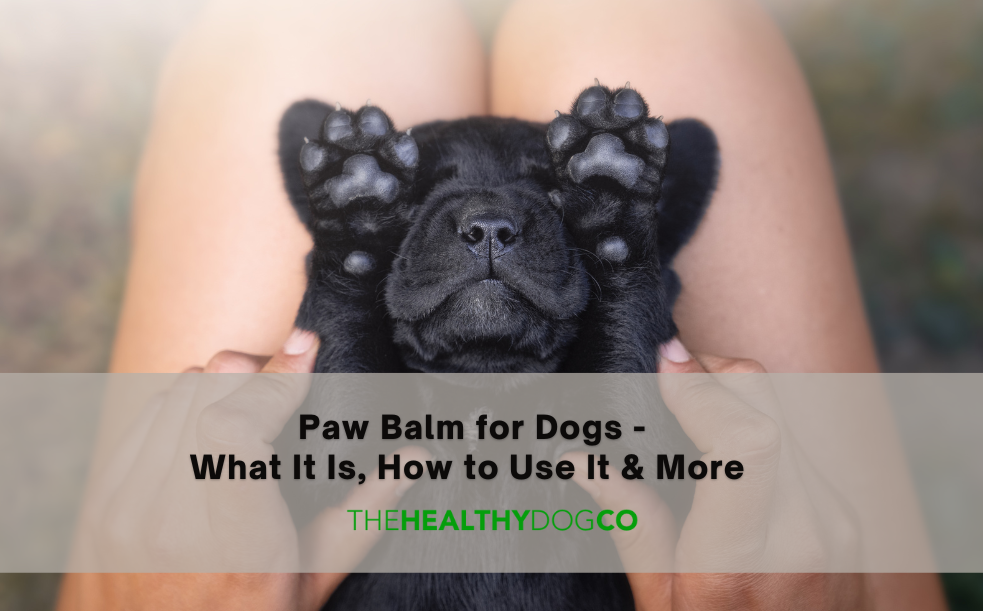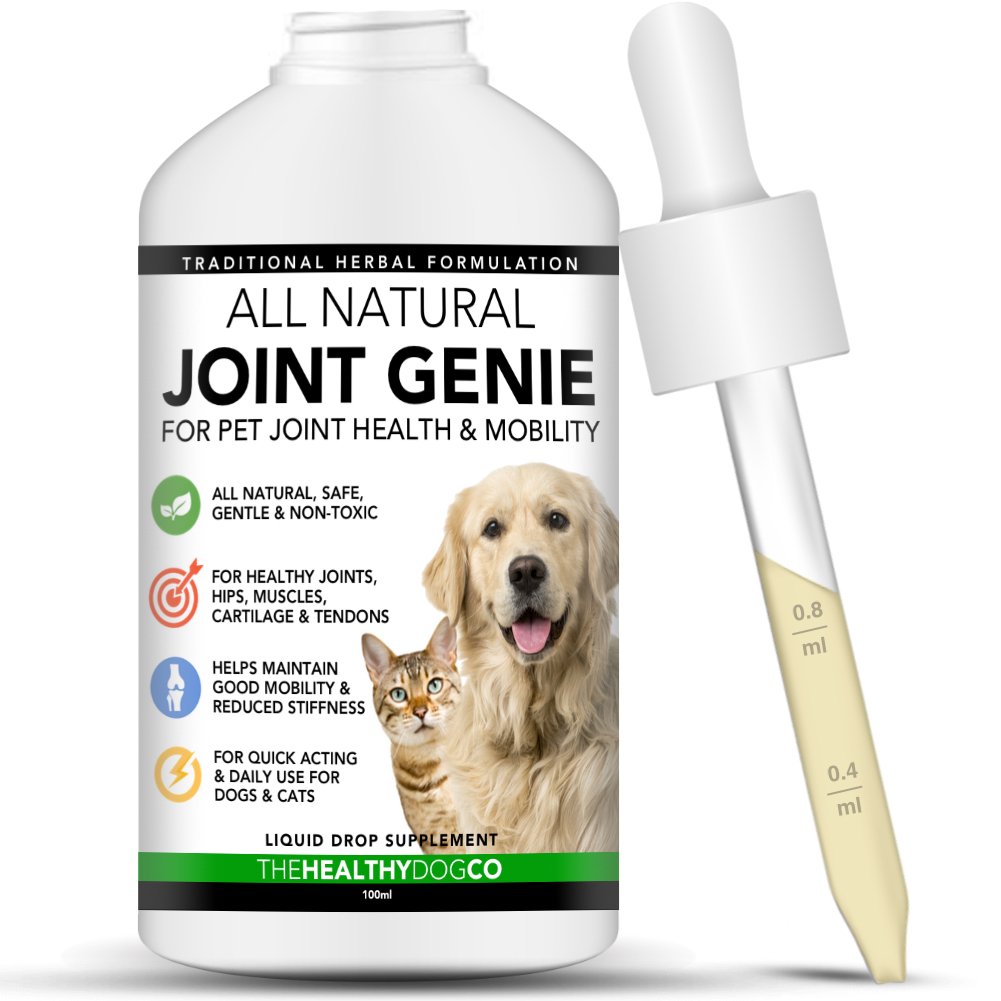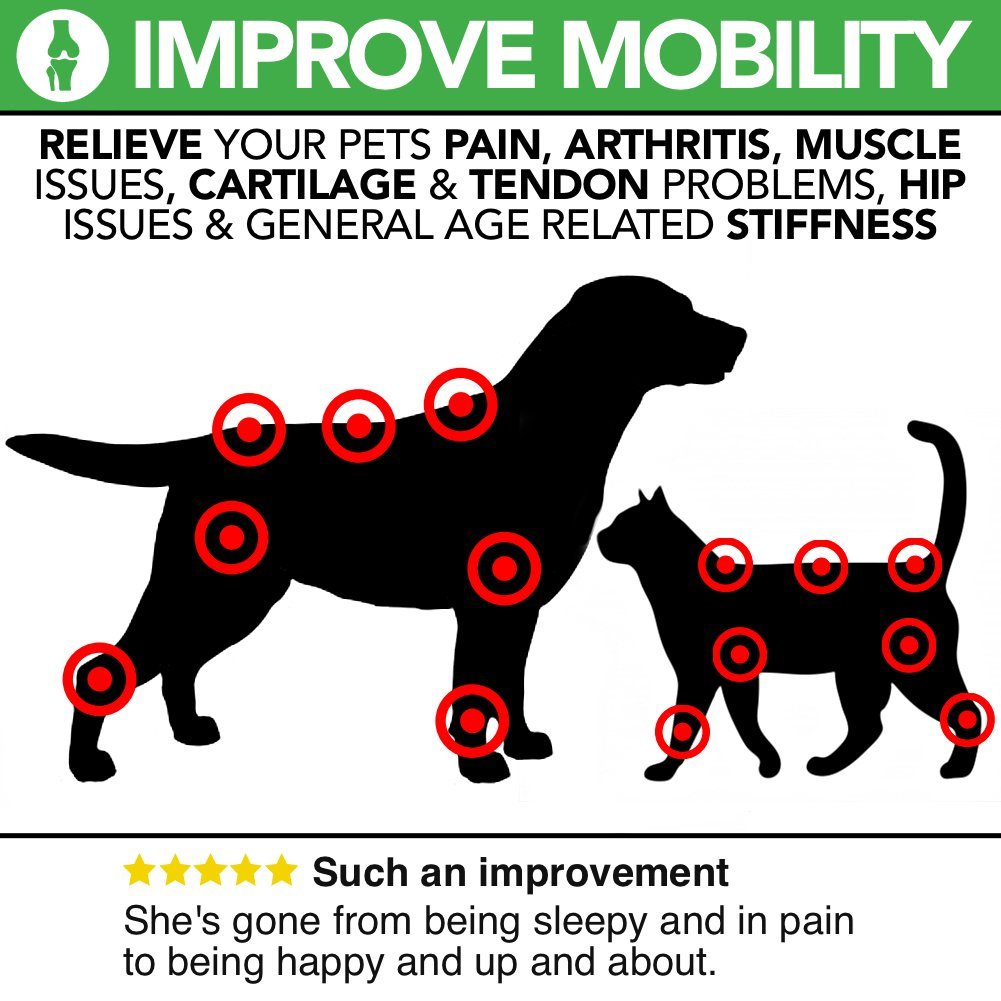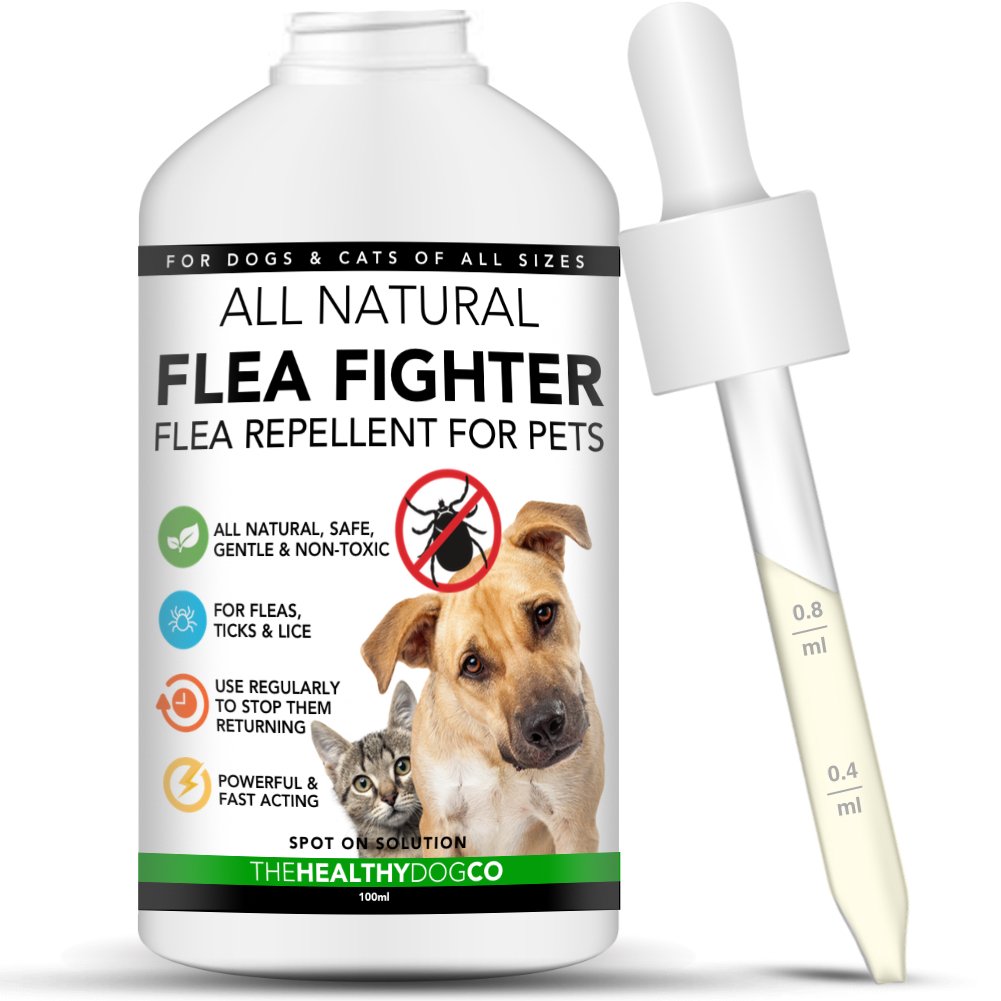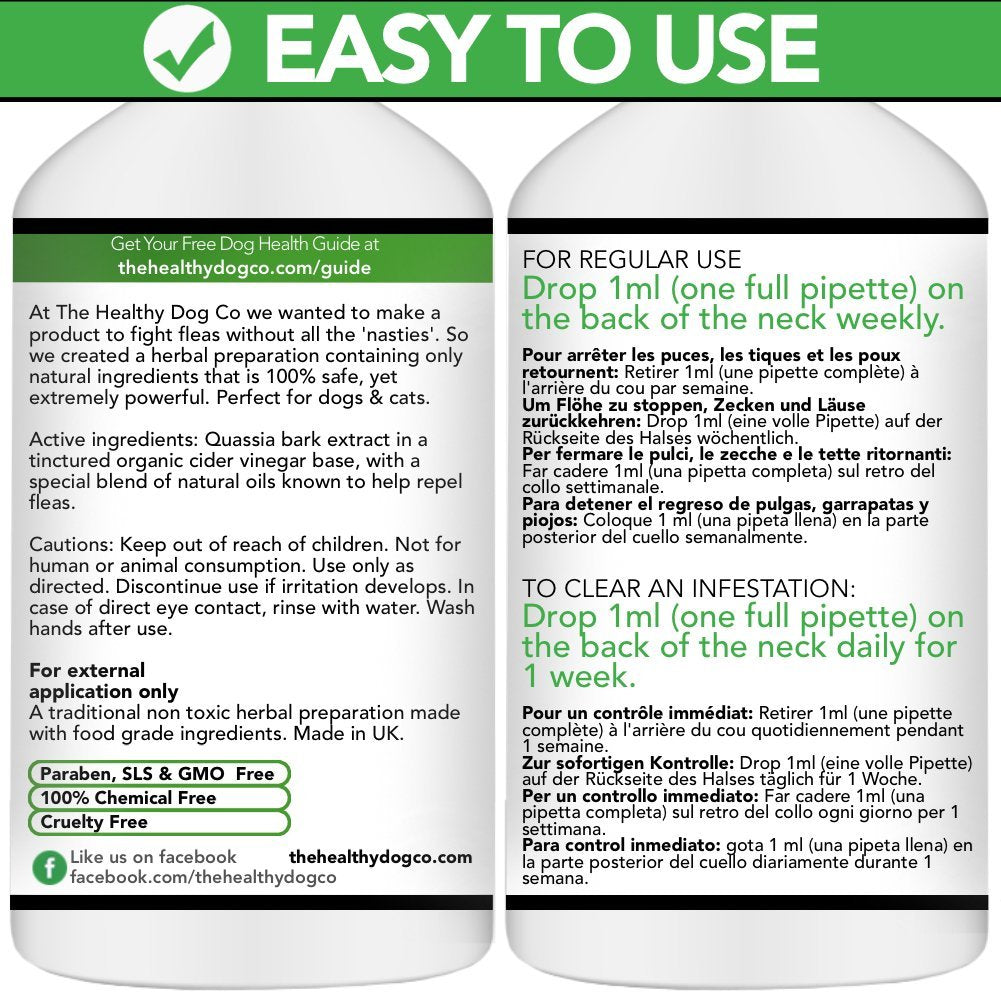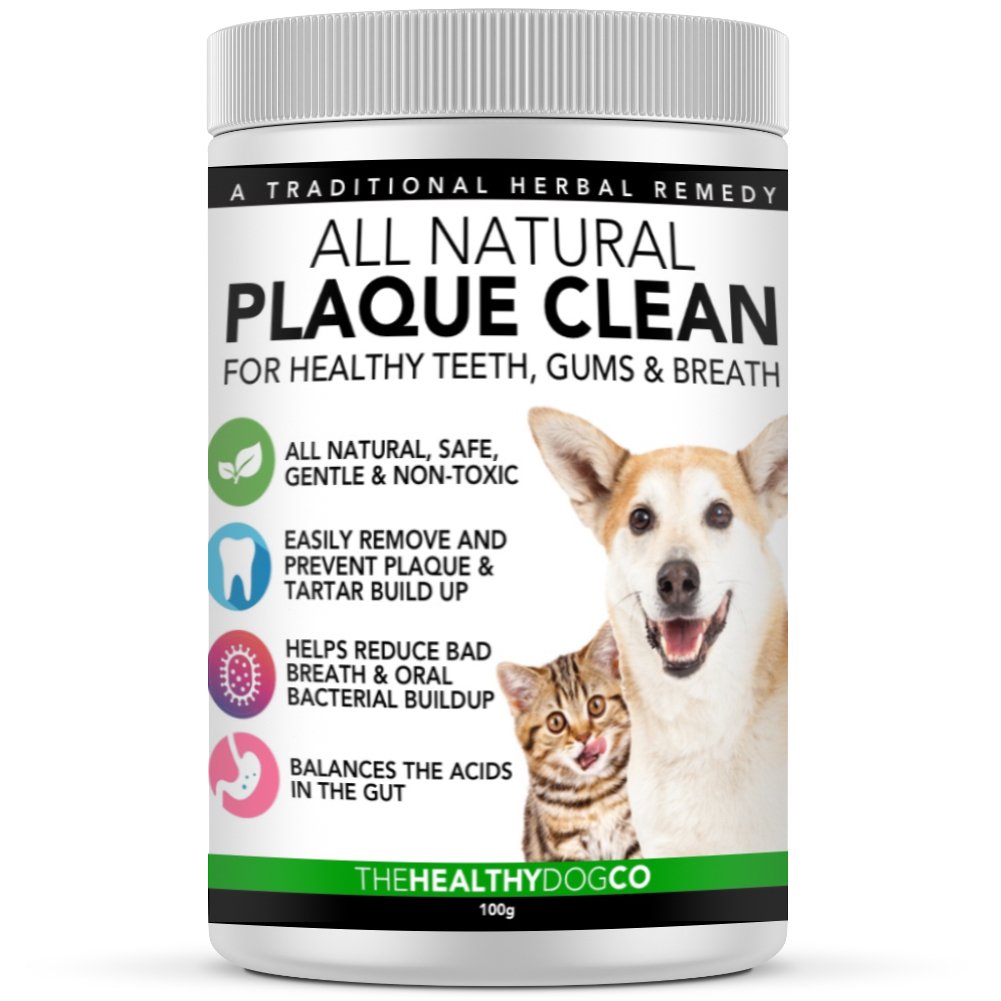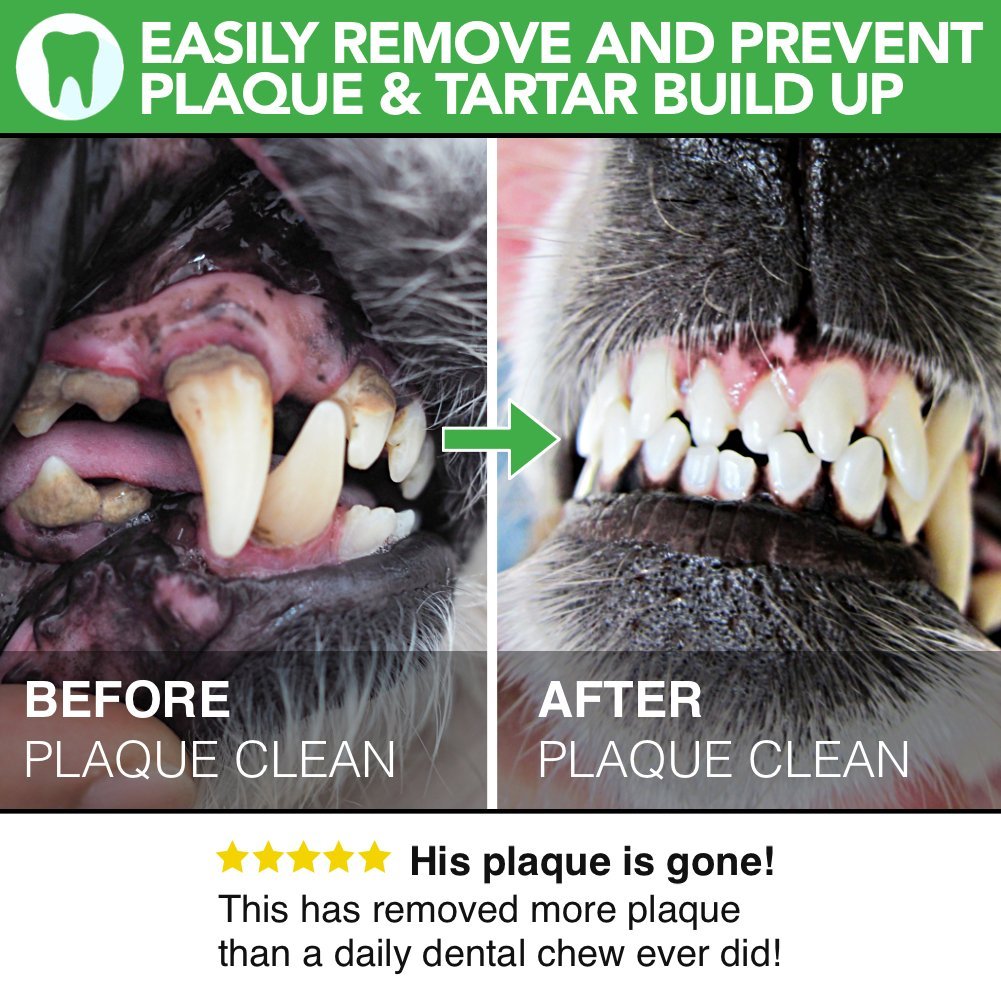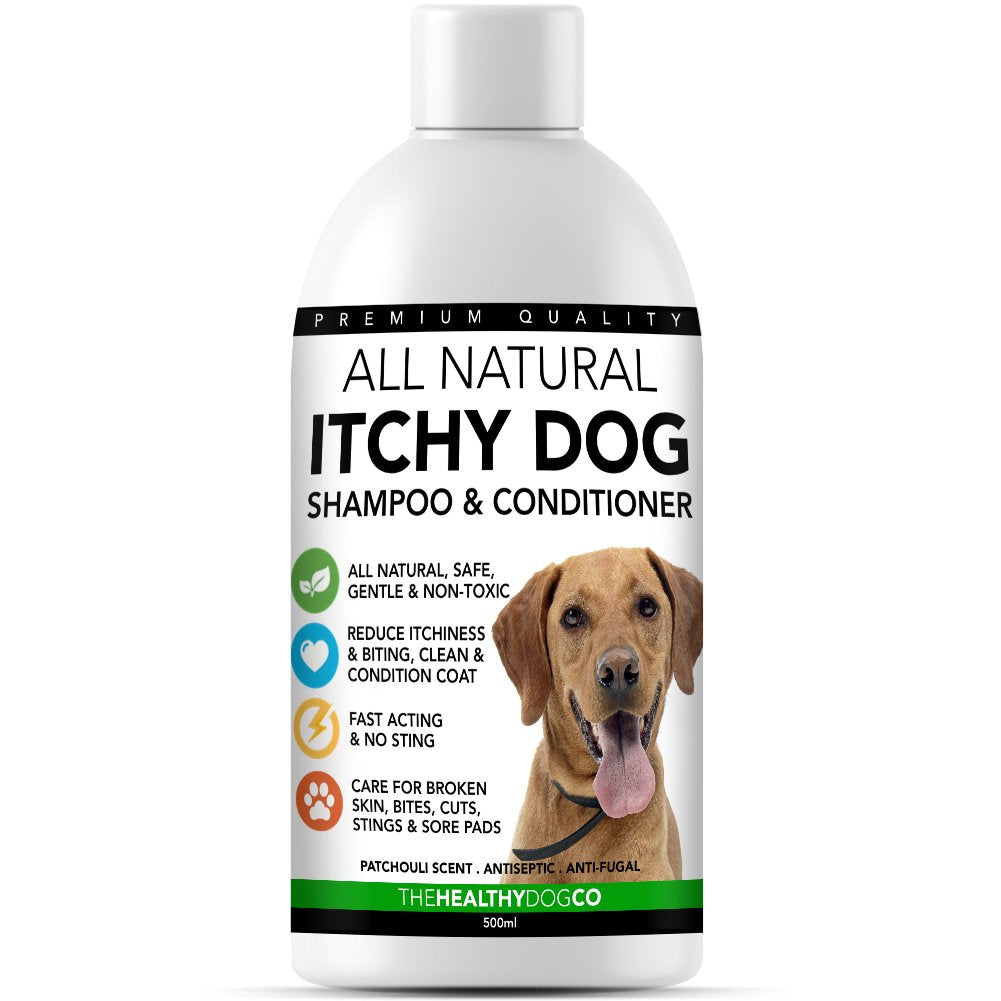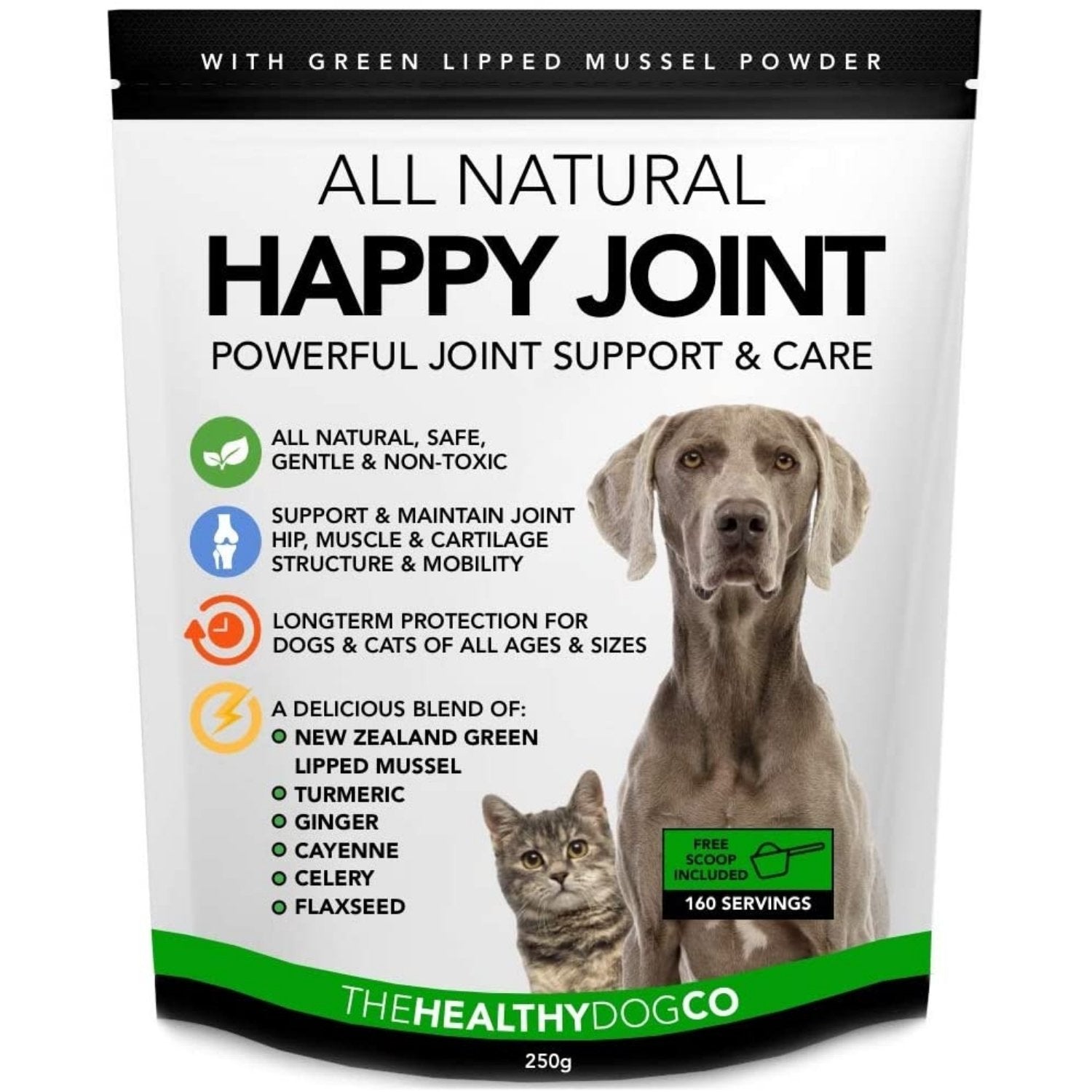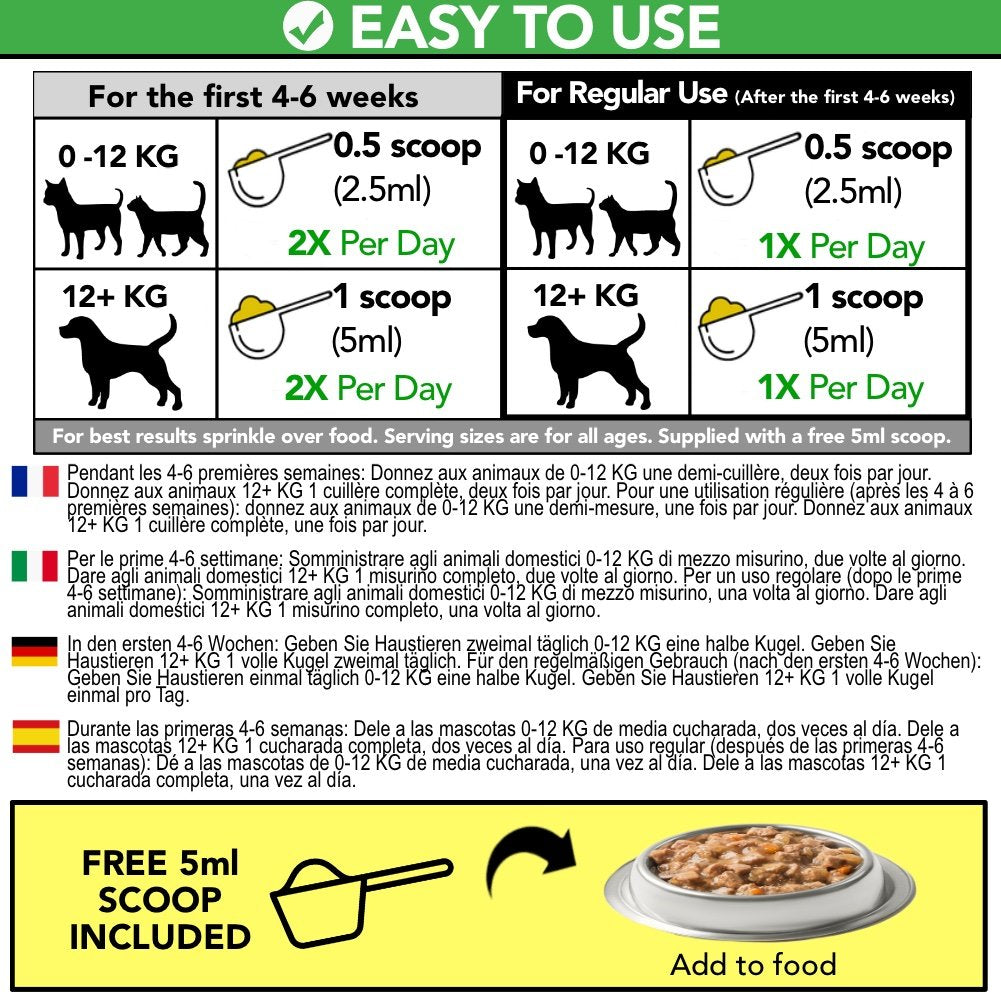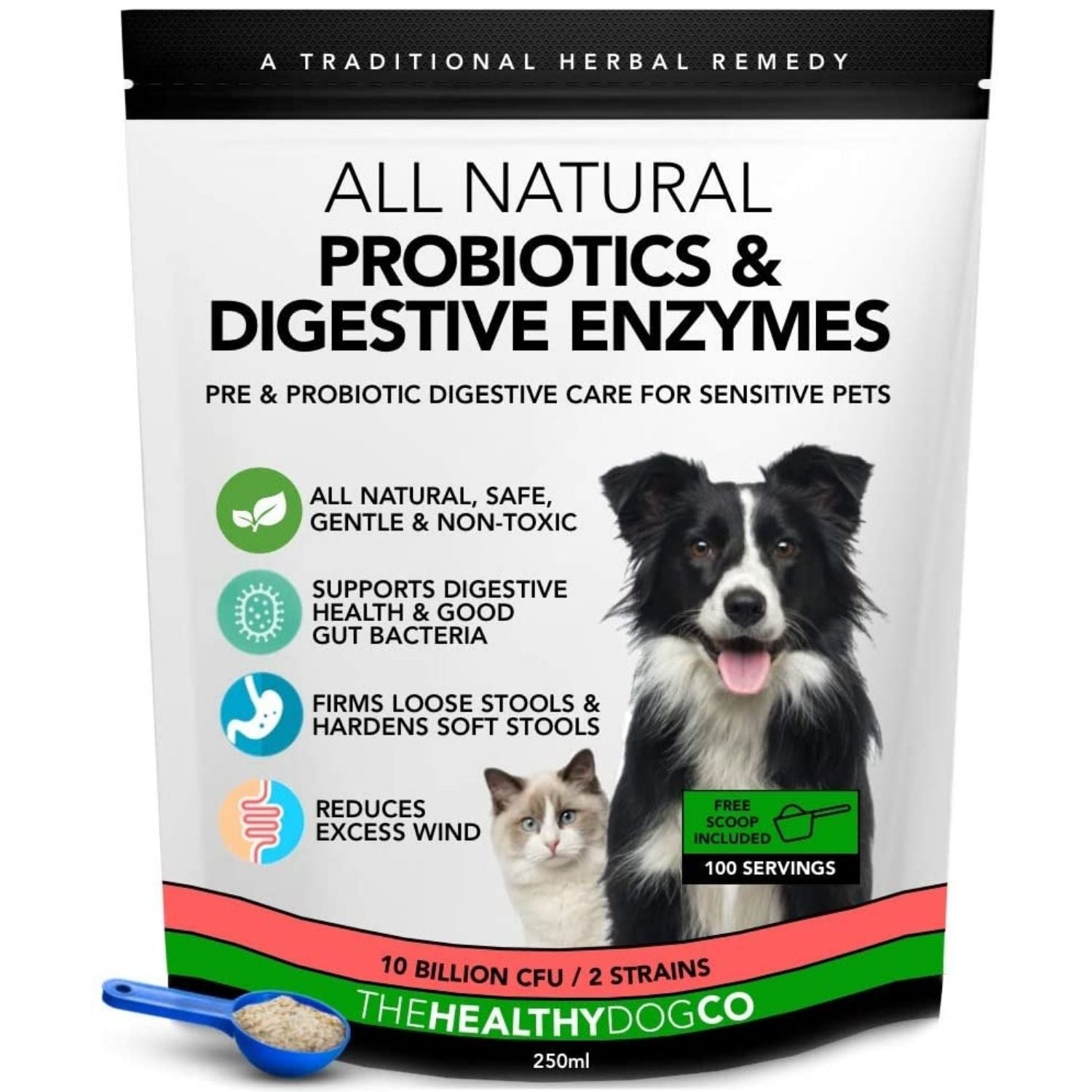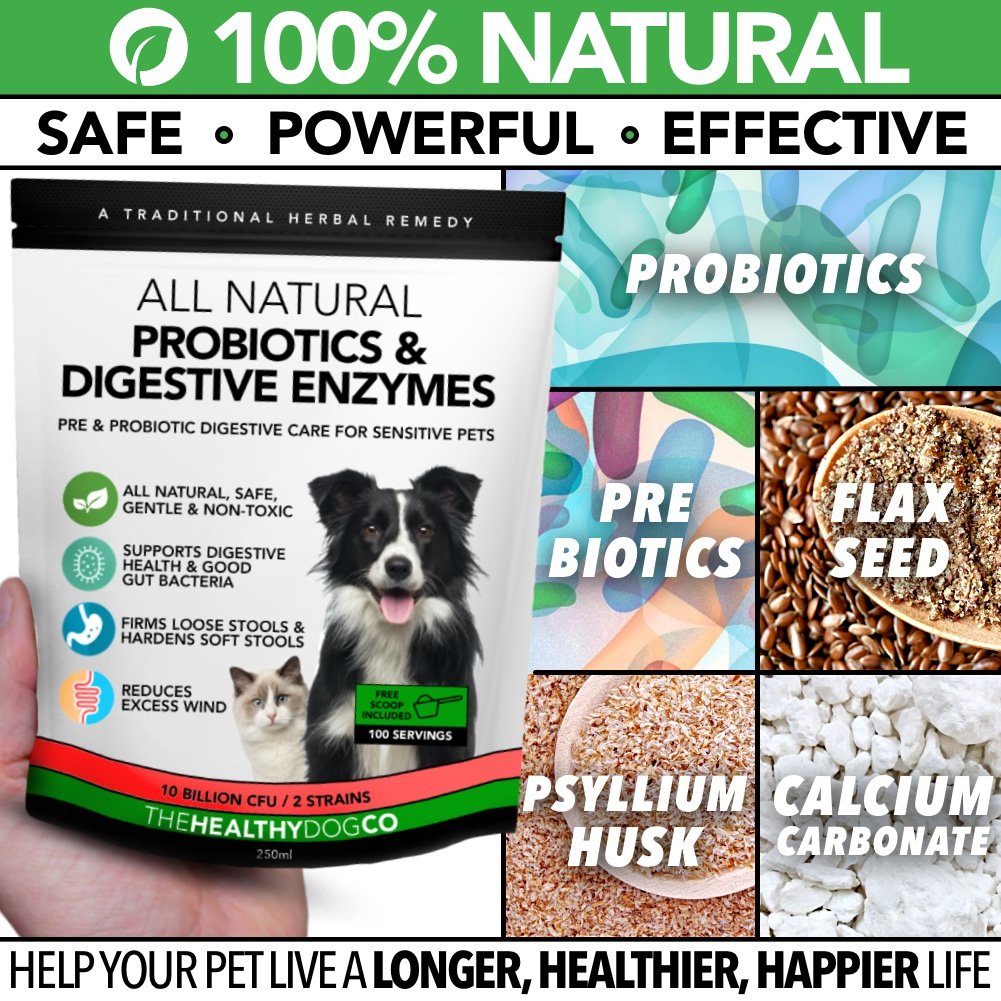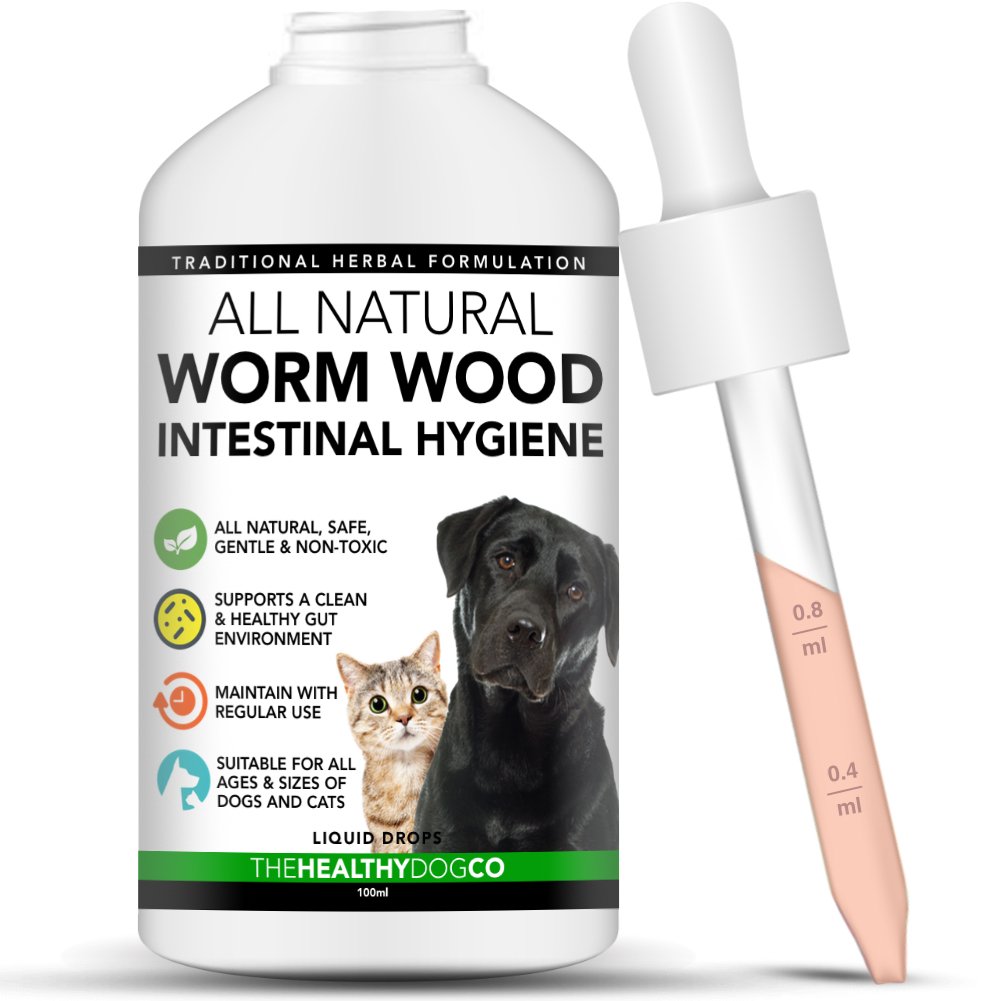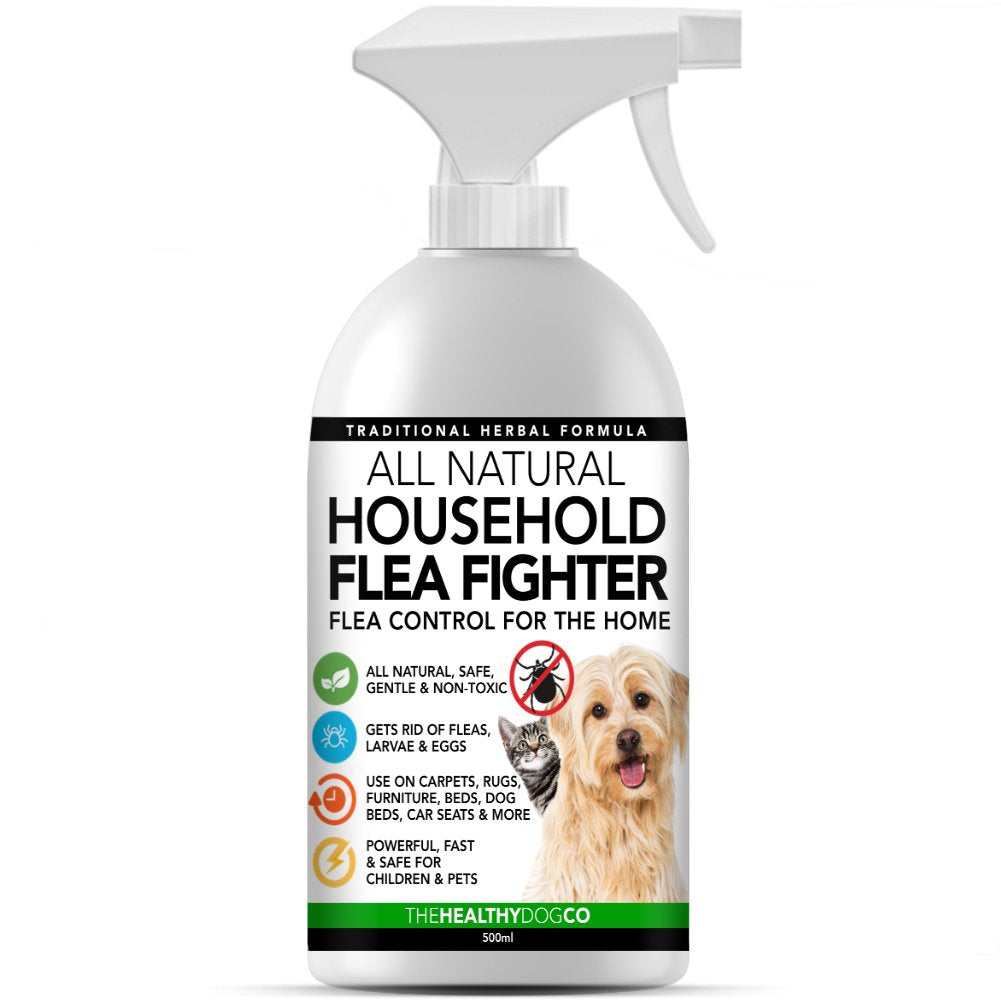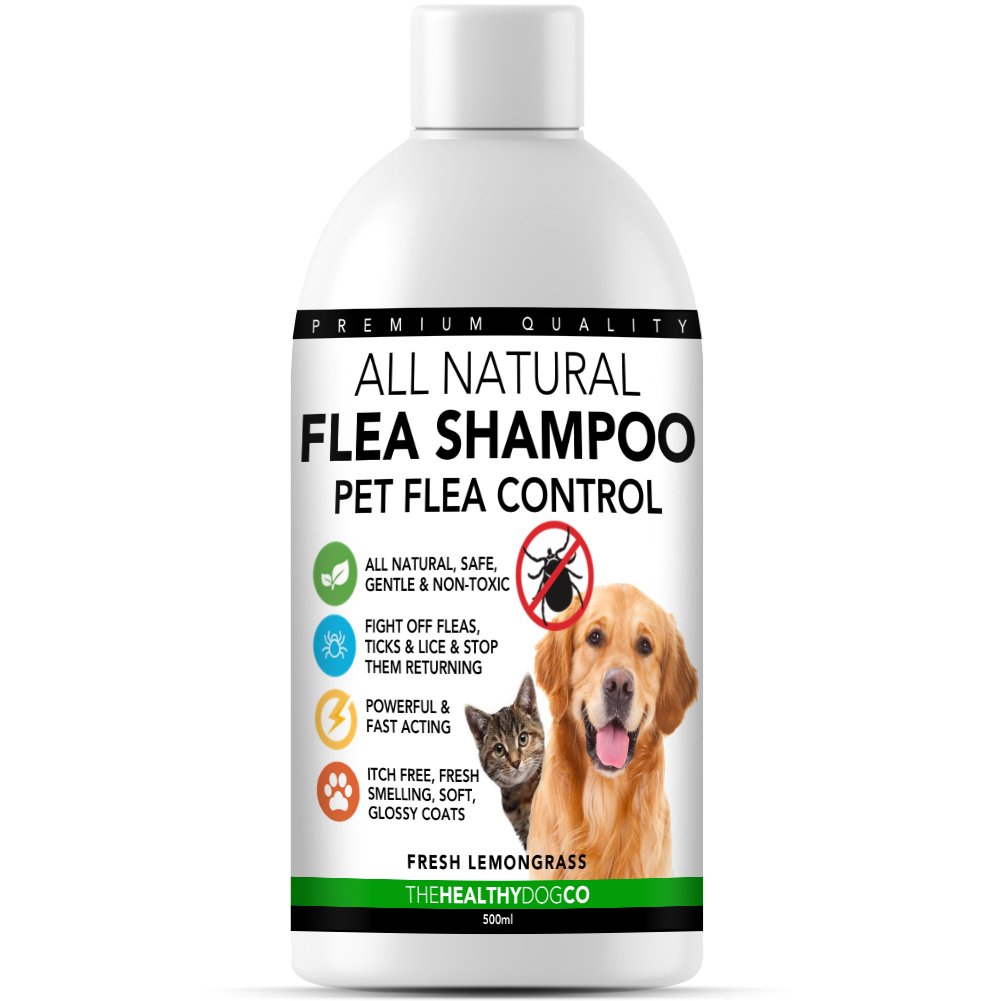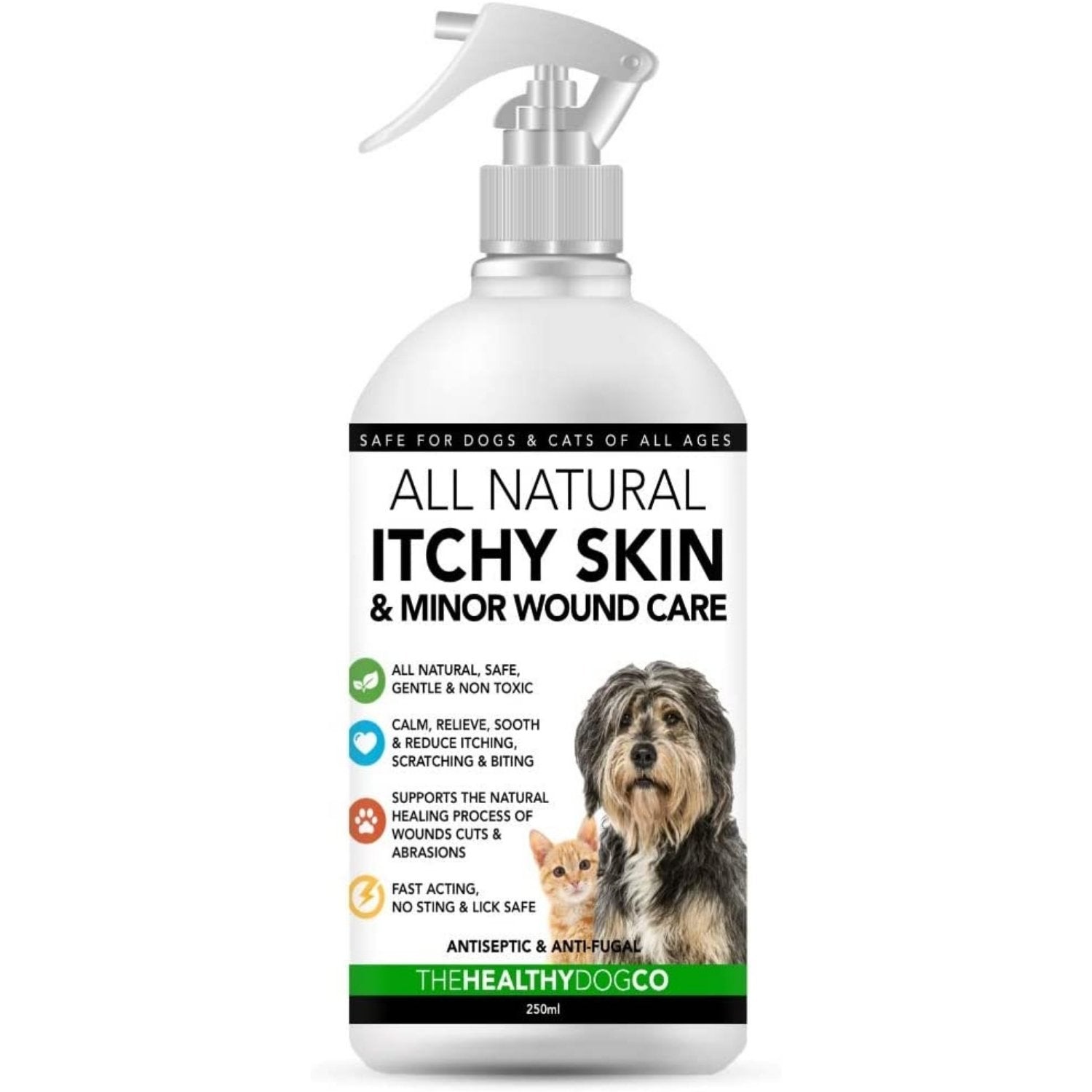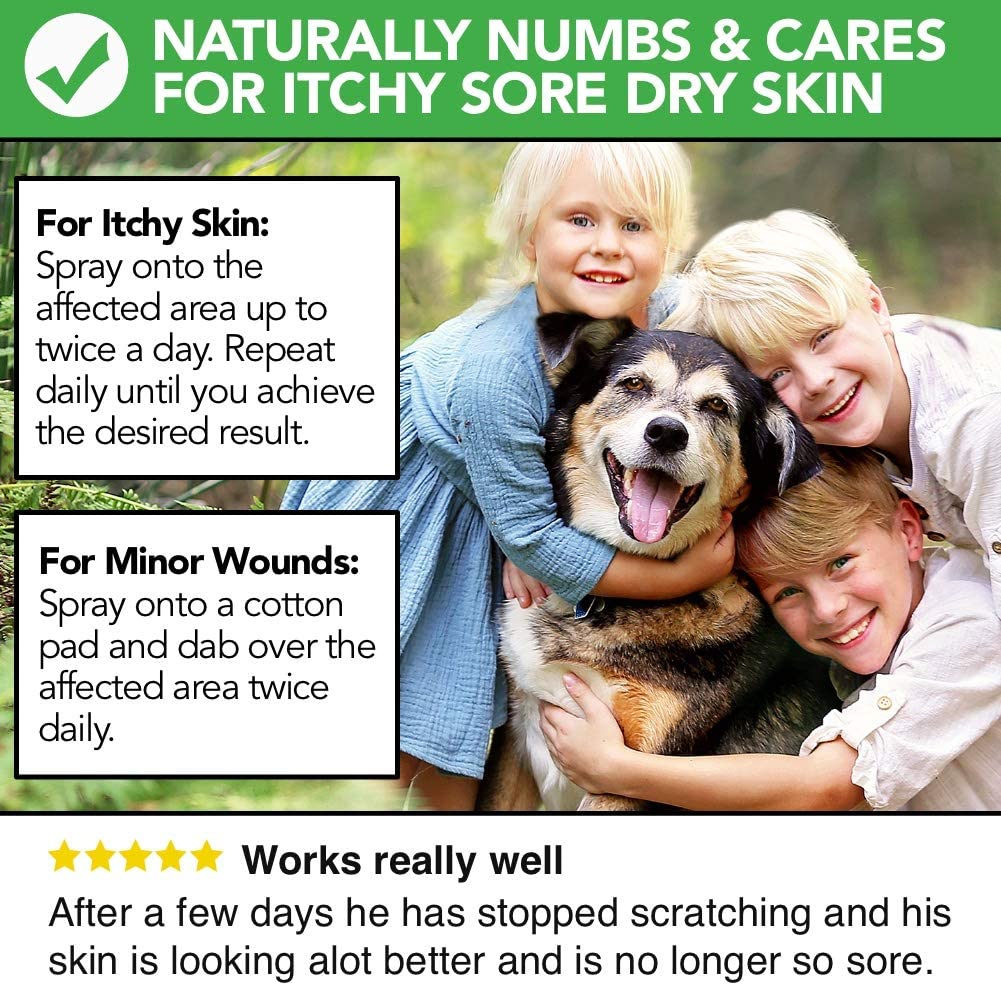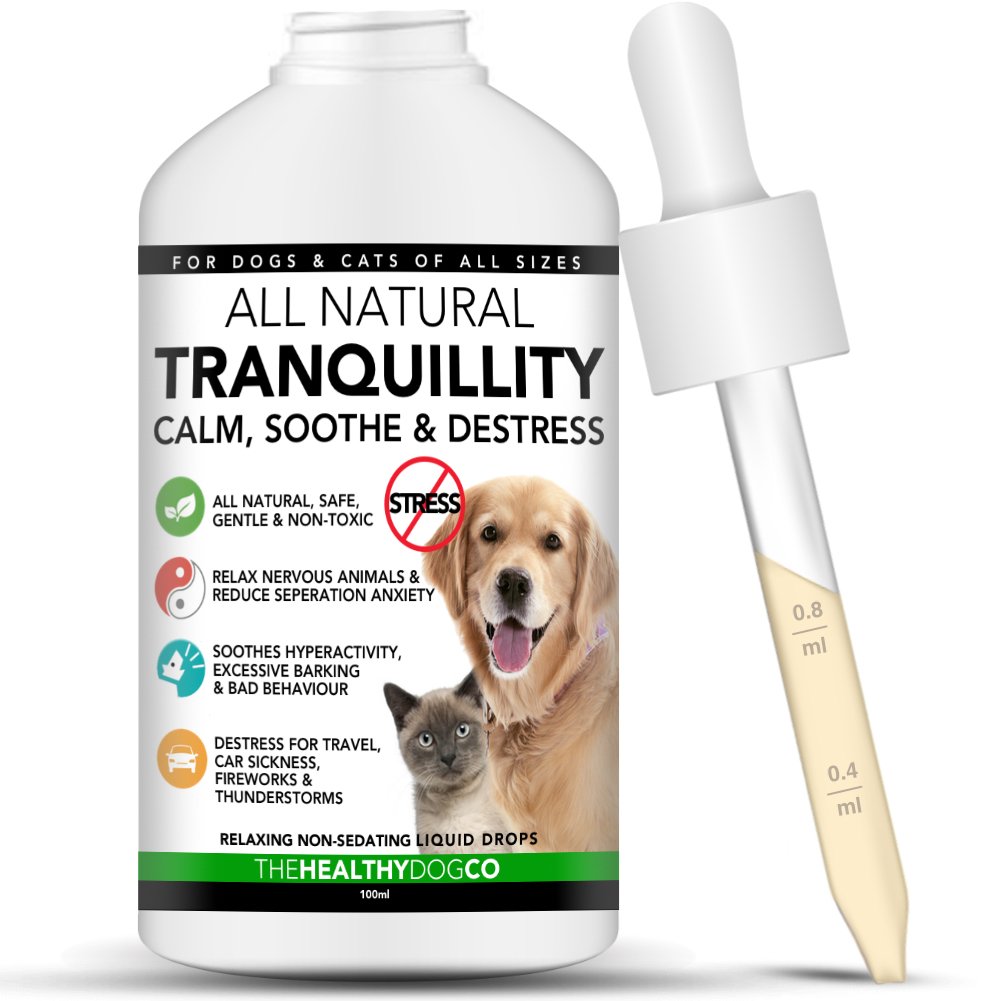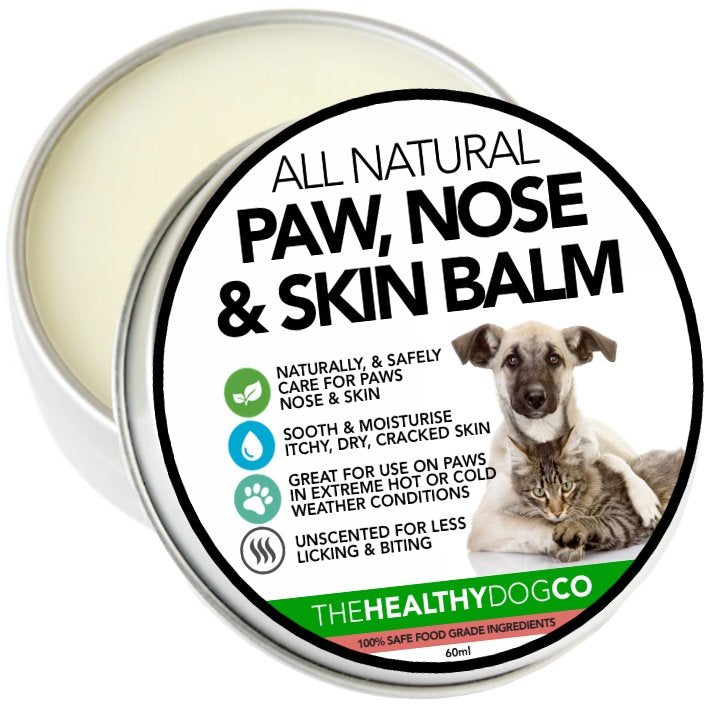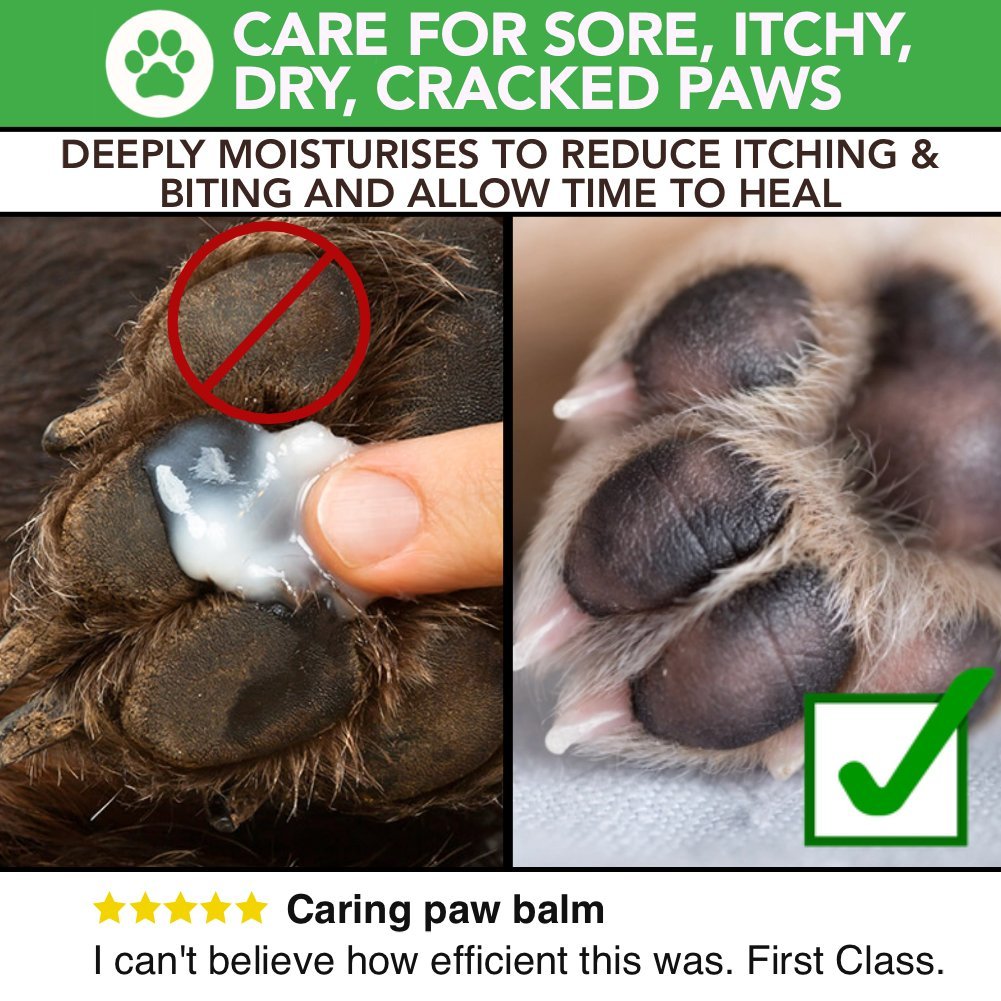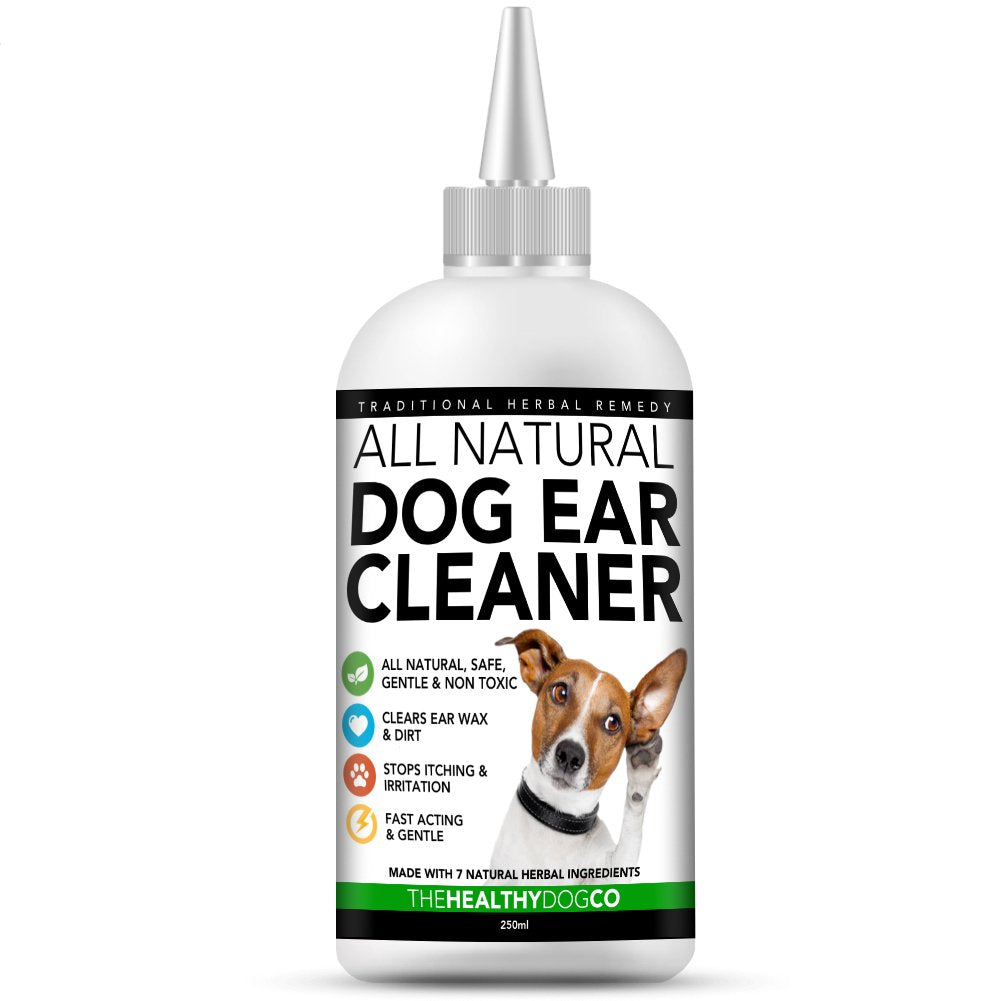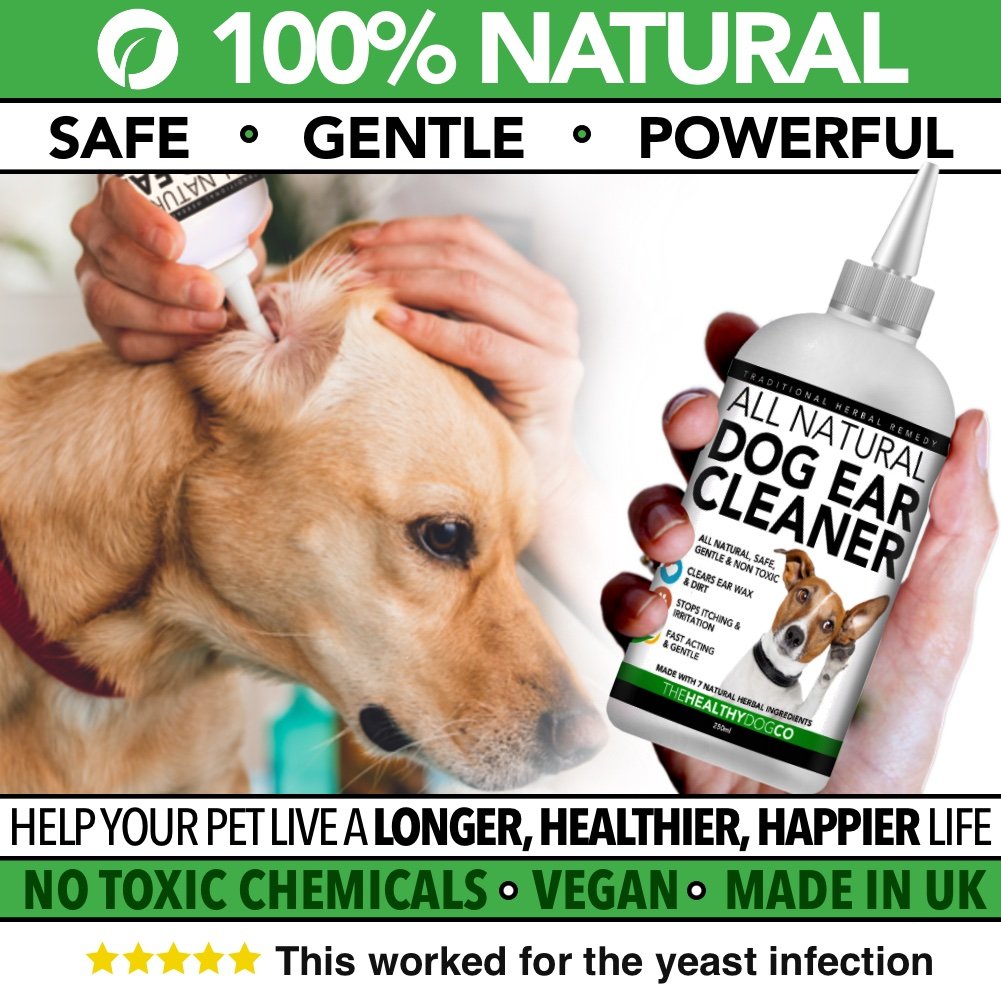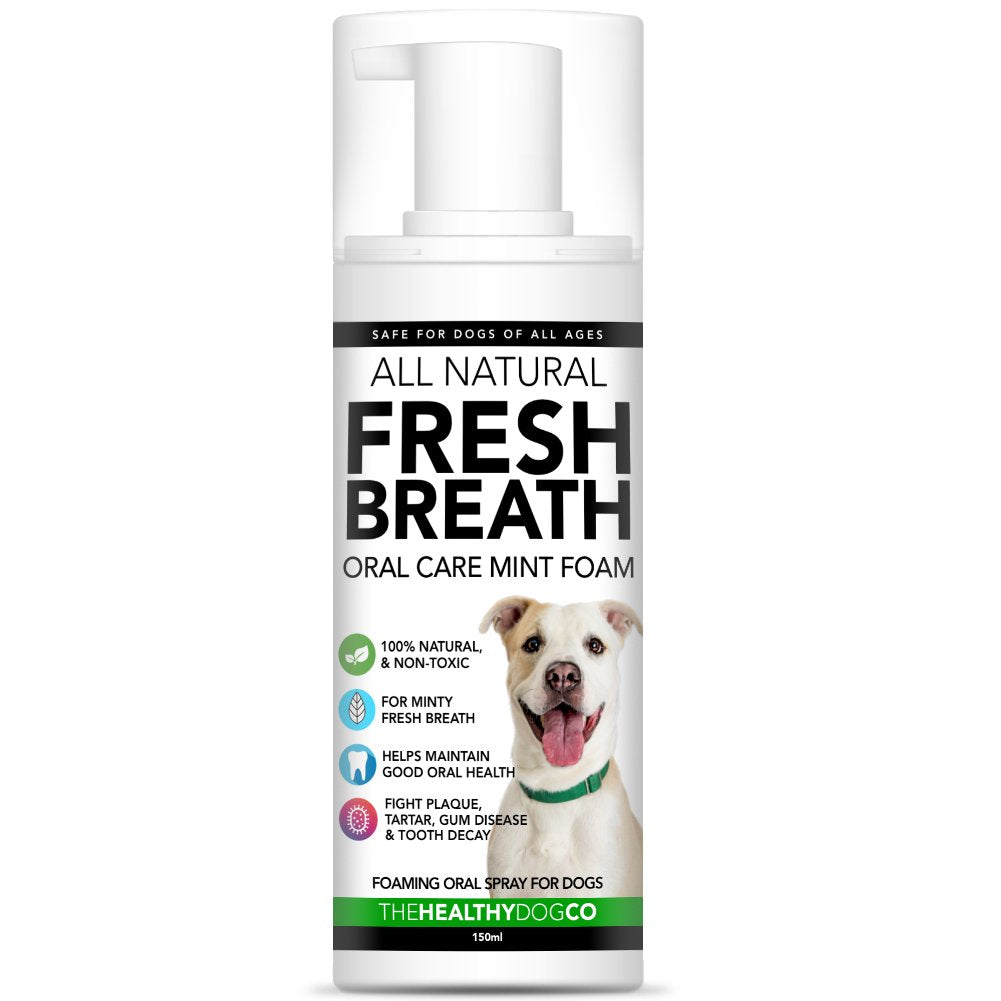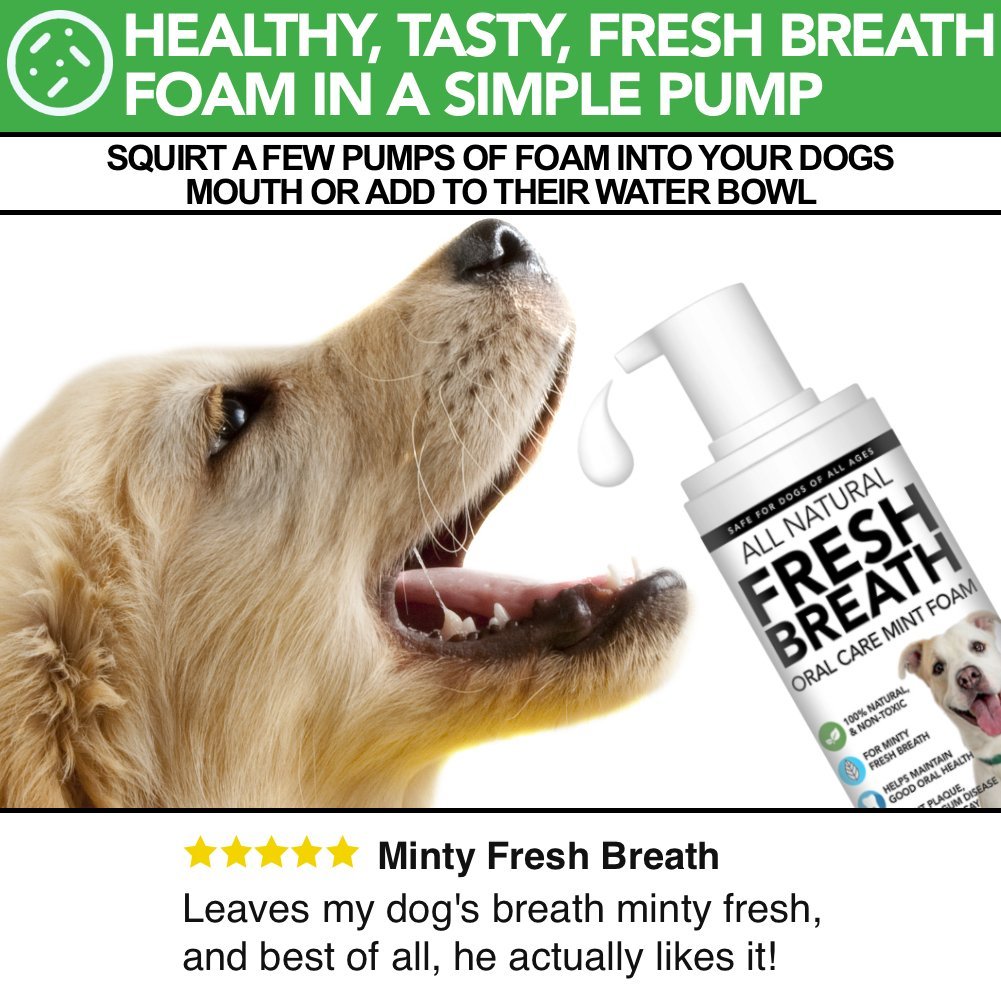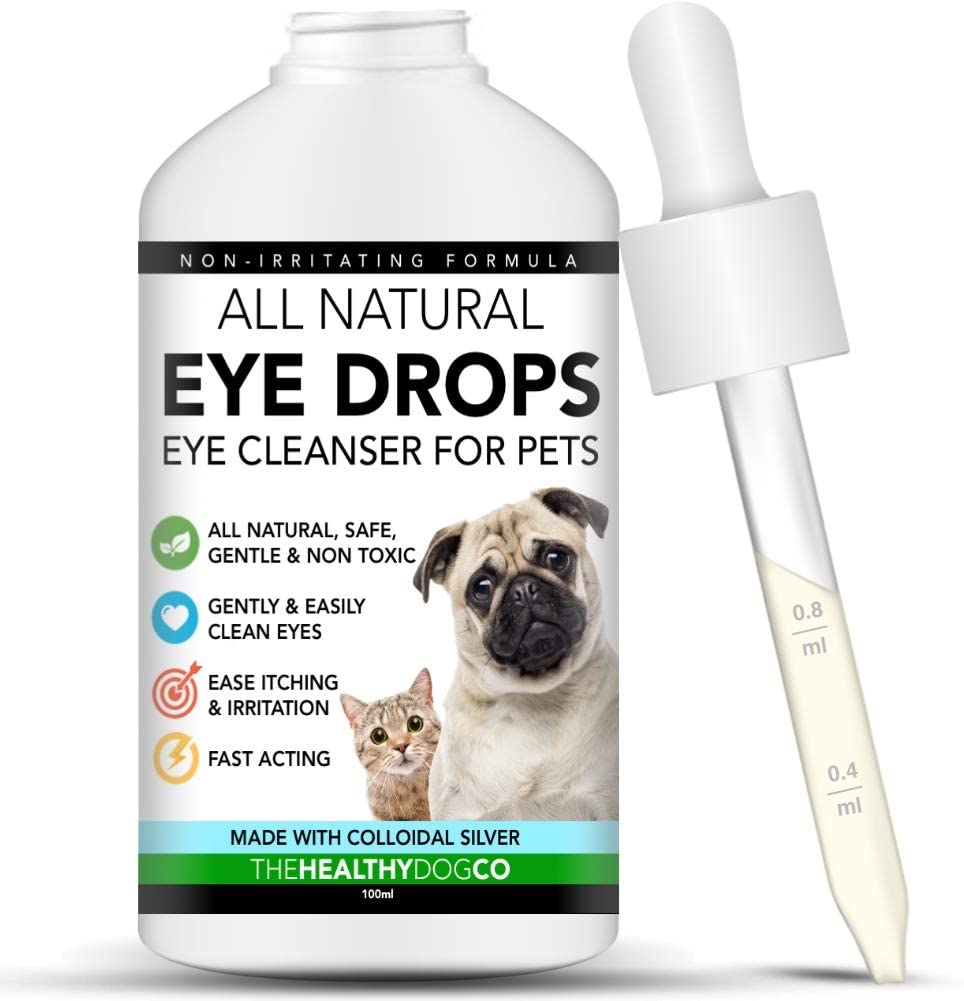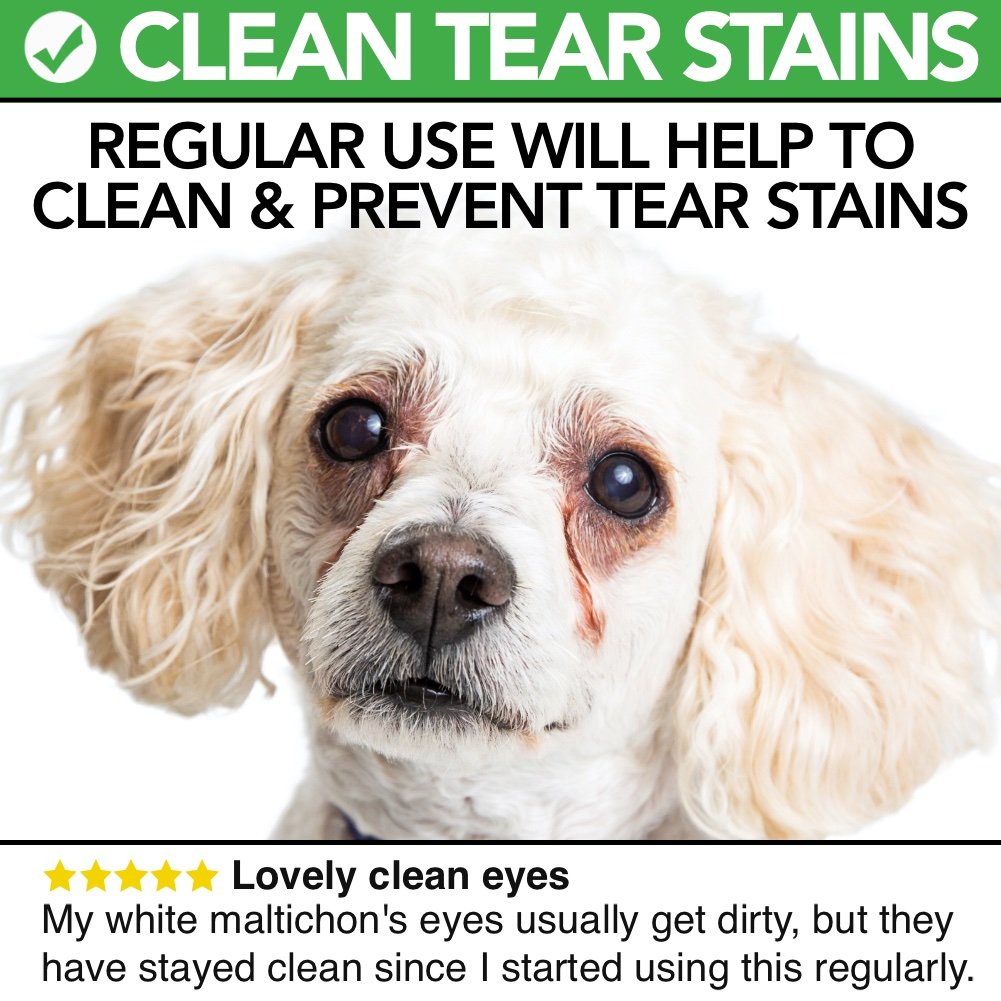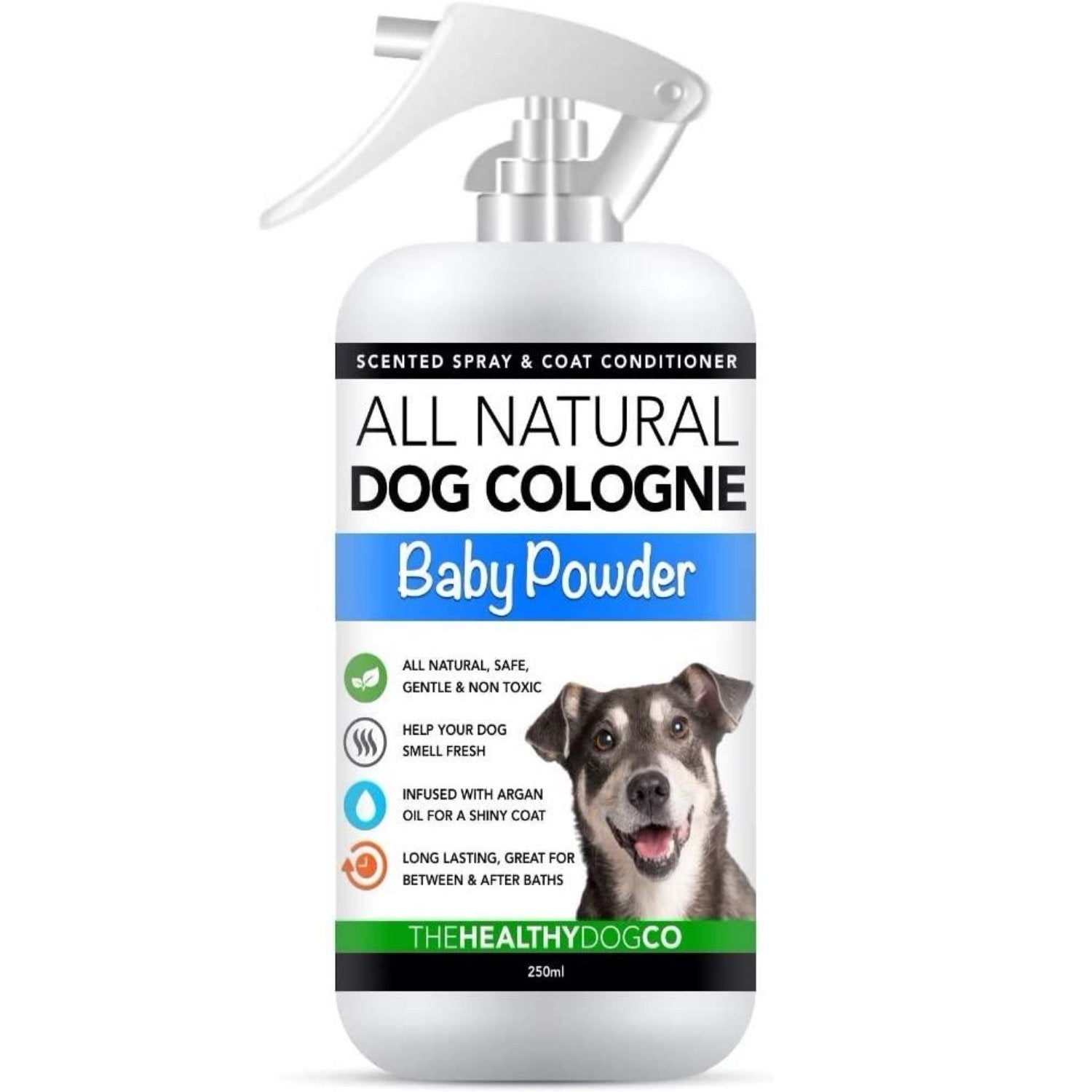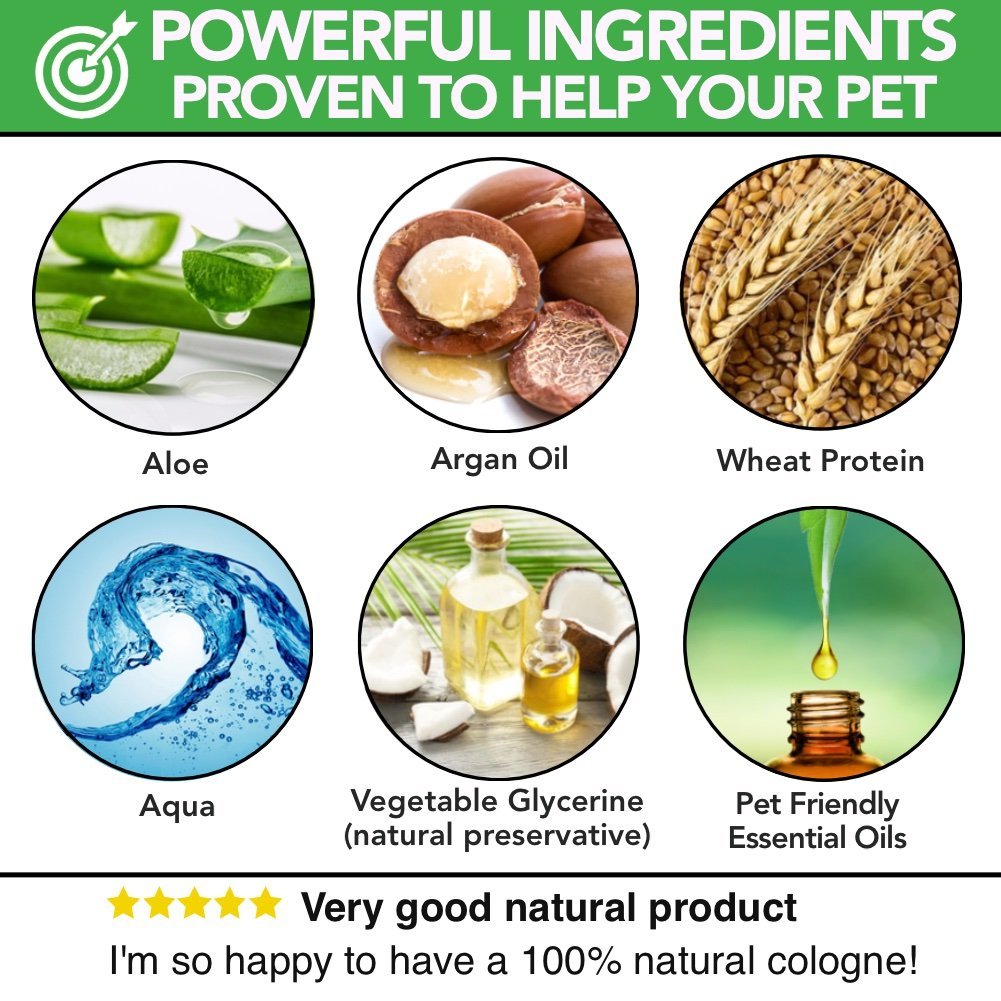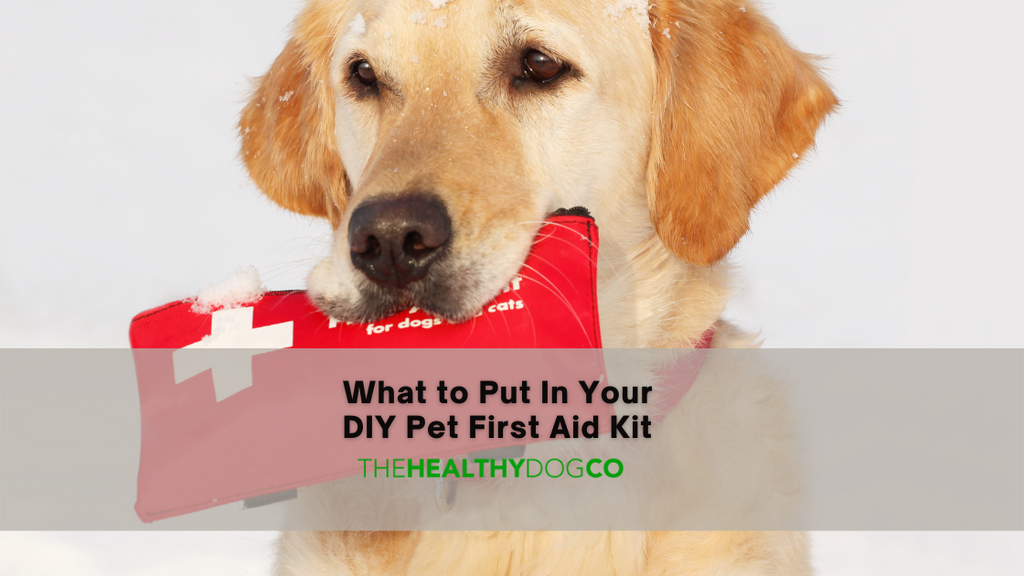
What to Put In Your DIY Pet First Aid Kit

Have you thought about creating a DIY pet first aid kit but never quite followed through because you have no clue what needs to be in it?
Well, wonder no more because today, we're telling you how to make a pet first aid kit for your furry loved ones. After all, as pet owners, one of our worst nightmares is when our dogs and cats are injured in an accident, right?
While you should always take your pet to your vet as quickly as possible following an accident, it's a really good idea to have a pet first aid kit handy. That's because it can potentially save their lives by keeping them stable until you've reached your vet's!
So in this blog post, we'll provide you with a list of what you need for your pet first aid kit, and we'll also cover the following:
- How and when to induce vomiting in pets
- Can you give a cat hydrogen peroxide?
- What's the normal body temperature for dogs and cats?
What to Put In Your DIY Pet First Aid Kit
First things first, we recommend you have 2 pet first aid kits - one for your home and one for your car or camper.
It's best to assemble all the items you need first and then go out and buy an appropriately sized storage container. Ideally, it should be waterproof and have an airtight lid.

Tip: Print out a label with your vet's contact information (telephone number and address) and tape it on top of the container or onto its side. Alternatively, you can also write their information on it using a (waterproof) permanent marker or include their business card in the container.
This ensures you have their contact information handy in case your internet is down. It's also convenient to easily be able to glance at it rather than hectically going through your mobile phone trying to pull up your vet's contact info in case of an emergency.
DIY Pet Emergency Kit
Now, here's what should be in your pet emergency kit:
- Paperwork
- Vaccination records
- Medical records
-> These state that your pet is yours, when their next (core) vaccinations are due and which types of meds your dog or cat is on, if any.
- Disposable gloves
- Gauze
- Non-stick bandages
- Cotton balls
- Scissors
- Digital thermometer
- Tweezers
- Syringe
- Styptic powder (or corn starch)
- Wound spray
- Paw, nose & skin balm
-> These help you remove foreign objects from a wound (disposable gloves, scissors, tweezers), clean & sanitize the wound (Healthy Dog Co Wound Spray), stop any (toenail) bleeding (styptic powder, gauze, cotton balls), protect the wound until you reach your vet's (bandages), soothe cracked skin (Healthy Dog Co Paw, Nose & Skin Balm) and administer liquid meds (syringe).
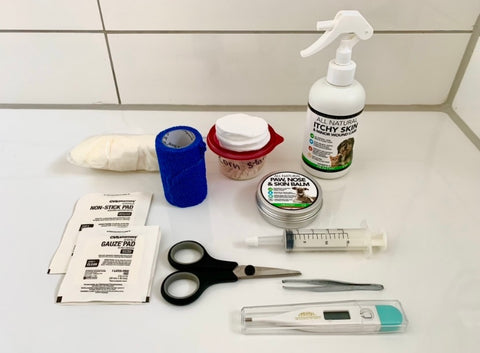
Use the digital thermometer to figure out if your dog or cat is running a fever! You'll have to take the temperature rectally.
The normal body temperature for dogs and cats is 38.3 - 39.2° Celsius (101 -102.5° Fahrenheit). Temperatures slightly above or below this range are still acceptable, but anything above 40°C (104°F) and below 37.2°C (99°F) needs veterinary attention.
Dog first aid kit add-ons:
- Muzzle
- Collar & leash
-> Even the most well behaved dog may bite if they're in pain, which is why a muzzle should definitely make it into your dog first aid kit. It helps if your dog is muzzle trained, that way it won't add to their stress. You can use the collar and leash to help restrain them as needed.

- Hydrogen peroxide (liquid antiseptic)
-> Hydrogen peroxide is great to induce vomiting in your dog. You can administer it with a syringe. More on that in the section titled "how and when to induce vomiting in pets".

Cat first aid kit add-ons:
- Pillow case or large towel
-> You'll need something to wrap your cat in to keep them still while you or someone else is tending to them. That's why a pillow case or a large towel should make it into your DIY cat first aid kit.

How to make a pet first aid kit for your car and/or camper
Include all the items listed above, and add the following to your car:
- Large towel or sleeping bag
They'll come in very handy if you need to move an injured medium-large sized dog. Especially if you're not the strongest person and can't carry them!
Cats may not go on as many car rides as dogs, but in case they do and something happens, a towel is going to make it easier on you to restrain them.
How and When to Induce Vomiting in Pets
The best way to induce vomiting in dogs is with hydrogen peroxide (3%, don't give your pet hydrogen peroxide with higher percentages). You can buy it in grocery stores, pharmacies or on Amazon.
How Much Hydrogen Peroxide to Give Your Dog
It's safe to give your dog 1ml of hydrogen peroxide per pound of bodyweight. That's why it's helpful to have a syringe in your pet first aid kit. If you don't have one, you can also use a teaspoon. One full teaspoon is about 5ml, so you can give 1 teaspoon per 5lb of bodyweight.
Note: If the first dose of hydrogen peroxide didn't make your dog vomit, you can give your pup another dose about 15 minutes after the first one.
However, never give your dog more than 45ml!
To make it more likely for your pup to throw up, you can give them the hydrogen peroxide with a little food (if they're interested in eating it).
Once they do throw up, make sure you keep them from eating whatever they brought back up! Yes, it's gross, but some pets will attempt doing this.
When NOT to Give Your Dog Hydrogen Peroxide
Important: Don't make your dog throw up if they've ingested chemicals or sharp objects. For example, bleach, paint, batteries or broken glass.
That's because these substances/objects can cause serious harm to your dog's esophagus and/or mouth if they come back up.
If it's been more than 2 hours since your dog ingested the substance, it's too late to induce vomiting because whatever they ingested is no longer in their stomach.
Can You Give a Cat Hydrogen Peroxide?
No! Vets do not recommend you induce vomiting in your cat using hydrogen peroxide as it may cause internal bleeding.
It's safest to take your kitty to your vet and have them induce vomiting there.
What to Put In Your DIY Pet First Aid Kit: Bottom Line
Creating a pet first aid kit is not rocket science, but it does take a few hours to put it together. The quicker you put a checkmark behind this chore, the better!
Most of its contents can be used for both dogs and cats. However, it's important to understand that cats CAN NOT be given hydrogen peroxide, but dogs can.
If you frequently take your dog and/or cat along on car rides, you should have a specific pet first aid kit in your car as well.
For dogs, this should include a sleeping bag because it will make it so much easier to move your injured pup.
For cats, bring a large towel that you can use to wrap them in while you care for them.
The Healthy Dog Co Resources
Related Reading
About The Healthy Dog Co
The Healthy Dog Co’s mission is to create products that dog and cat owners can trust with the health of their pets by only producing products with healthy, safe, all natural ingredients.
At The Healthy Dog Co, it’s all about giving your pet a healthy and happy life with All Natural Health, Happiness and Care Products.
Because Your Pet Deserves Better!
Shop our range of All Natural Healthcare Products for your Dog or Cat today!
Shipping Info: All orders are processed within 1 business day and delivered within 2-3 days of placing your order. We offer free shipping on orders above £20; and a flat rate of £1.99 to anywhere in mainland UK.




